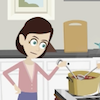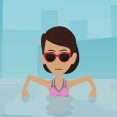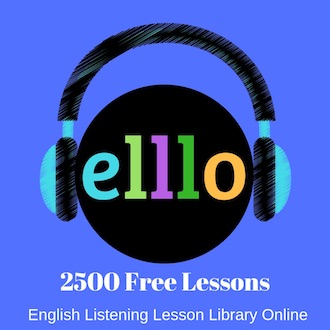There is / There are

Conversation 1
Man: Excuse me, is there a gym in the hotel?
Woman: Yes, there’s one on the first floor.
Man: Great! And is there a pool?
Woman: Yes, there’s a pool on the roof.
Man: Is there a changing room up there?
Woman: No, there isn’t, but there’s a restroom.
Man: OK, thanks.
Conversation 2
Man: So, what is there to do in your town?
Woman: Well, there is a mall, a cinema, and there are a few parks.
Man: Oh, parks, nice. I love nature. Which one do you recommend?
Woman: I think Central City park is the best. There’s a huge garden there.
Man: Is there parking nearby?
Woman: Yeah, there’s a huge parking lot across the street.
Conversation 3
Man: What is there to eat?
Woman: Ah, there is some pasta in the fridge.
Man: Mm, I just had pasta for lunch. What else is there?
Woman: Well, there is some stuff to make sandwiches.
Man: That will do. Where is the bread?
Woman: There’s some in the cupboard I think.
Conversation 4
Man: Are there exchange students are your school?
Woman: Yes, there are a few.
Man: Really. What countries are they from?
Woman: Ah, let’s see. There is one student from Italy, and there are a few students from France.
Man: Oh, cool. Is there anyone from Paris?
Woman: No, they are all from Leon!
There is / There are - Grammar Notes
- There is a department store in town.
- There is a big mall in this city.
- There is not a place to sit.
- There is no park near my house.
- There are two cars parked outside my house.
- There are some books on the table.
- There are not many tall buildings in my town.
- There are no new students this year.
- There is crime in the city.
- There is money on the table.
- There is not any cheese in the fridge.
- There is no ice-cream in the freezer.
- There are some stores on Cane Street.
- There are some trees outside.
- There is some food in the kitchen.
- Three is some snow on the mountains.
- Are there any students in class?
- No, there aren't any students. They left.
- Is there any snow on the mountain?
- No, there isn't any snow. It melted.









